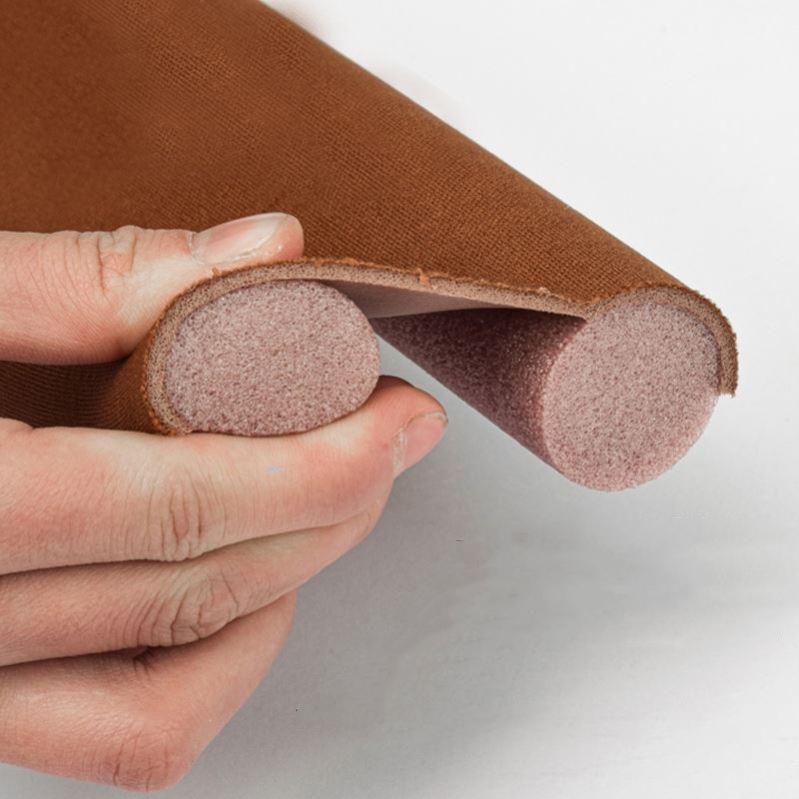Effective Weather Stripping Solutions for Interior Doors to Enhance Energy Efficiency
Understanding Inside Door Weather Stripping Importance and Installation Guide
When it comes to maintaining a comfortable home environment, one often overlooked aspect is the effectiveness of your doors. Inside door weather stripping plays a vital role in enhancing the energy efficiency of a home while also contributing to comfort and security. This article will delve into the importance of weather stripping, the different types available, and a straightforward installation guide to help you get started on this essential home improvement project.
Importance of Weather Stripping
Weather stripping is a material used to seal gaps around doors and windows, preventing the loss of heated or cooled air from your home. This not only helps in maintaining a consistent indoor temperature but also reduces energy bills significantly. Drafty doors can lead to increased costs as your heating or cooling system works harder to compensate for lost air. Moreover, proper weather stripping helps to keep out dust, dirt, and pests, contributing to a cleaner and more hygienic living environment.
In addition to energy savings, weather stripping also enhances comfort. A well-sealed door minimizes cold drafts in the winter and keeps hot air outside during the summer. This creates a cozy atmosphere within your living space. Furthermore, weather stripping can provide additional security by hardening entry points against unauthorized access.
Types of Weather Stripping
There are several types of weather stripping materials to choose from, each with its unique benefits
1. V-strip Also known as tension seal, this material is made of a flexible, durable plastic or metal. It is shaped like a “V” and is perfect for sealing gaps along the sides and top of doors.
2. Foam tape This type consists of adhesive-backed foam, which can easily conform to irregularities in the doorframe. It's best for small gaps and is easily applied and removed.
3. Rubber weather stripping Rubber provides a reliable seal and is effective in extreme temperatures. It's commonly used for exterior doors as it stands up well against weather elements.
4. Door sweeps These are installed at the bottom of doors to block drafts and pests from entering. Door sweeps can either be made of rubber, plastic, or a combination of materials.
inside door weather stripping

5. Magnetic weather stripping This type uses magnets to secure doors tightly against frames. It's often used on high-end doors or sliding doors, providing not only an airtight seal but also ease of access.
Installation Guide
Now that you understand the importance of weather stripping and the types available, here’s a simple step-by-step guide to installing it on your inside doors.
Step 1 Assess the Door Examine your door and identify any gaps. Close the door and check for drafts by running your hand along the edges. You can also use a candle to see if the flame flickers, indicating a draft.
Step 2 Choose the Right Weather Stripping Based on your assessment, select the appropriate stripping material. Consider the width of the gaps and the door type to make the best choice.
Step 3 Measure and Cut Measure the length of each side of the door where you will apply the weather stripping. Cut your chosen material to the appropriate lengths, ensuring precision for a tight fit.
Step 4 Clean the Surface Before applying the weather stripping, clean the door frame with rubbing alcohol or a mild detergent to remove any dust or grime that could interfere with adhesion.
Step 5 Apply the Weather Stripping Carefully peel off the adhesive backing (if applicable) and press the weather stripping firmly into place along the edges of the door. For V-strips and other types that require nails or staples, follow the manufacturer’s instructions for secure fastening.
Step 6 Test the Seal Once installed, close the door and check for any remaining drafts. Adjust the weather stripping if necessary for an optimal seal.
Conclusion
Inside door weather stripping is an essential component in maintaining an energy-efficient, comfortable, and secure home. By understanding its importance, exploring the different types available, and following this installation guide, homeowners can significantly improve their indoor environment. Investing a little time and effort into weather stripping can lead to considerable savings on energy bills, enhanced comfort, and ultimately, a more pleasant living space.
-
Under Door Draught Stopper: Essential ProtectionNewsJul.31,2025
-
Garage Door Seal and Weatherstrips for ProtectionNewsJul.31,2025
-
Edge Banding Tape for Perfect EdgesNewsJul.31,2025
-
Table Corner Guards and Wall Corner ProtectorsNewsJul.31,2025
-
Stair Nose Edging Trim and Tile Stair SolutionsNewsJul.31,2025
-
Truck Bed Rubber Mats for Pickup BedsNewsJul.31,2025
-
Window Weather Stripping for Noise ReductionNewsJul.29,2025